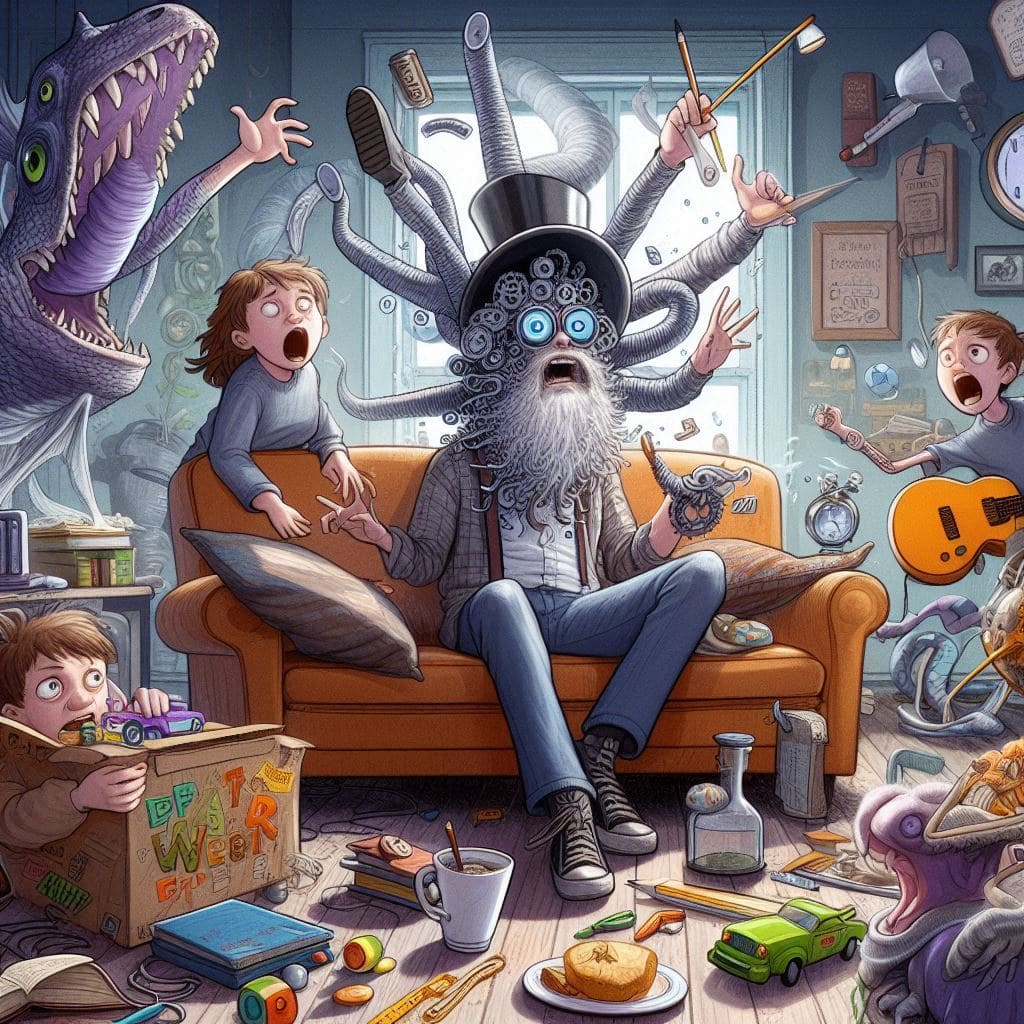— And How I Deal With Them”

For most of my life, I felt like I was different — but not in a way that made sense.
Growing up, my classmates seemed to move through life so easily. They made friends, handled routines, and kept up with school. Meanwhile, I stood on the sidelines, unsure how to jump in. I wasn’t just shy — I felt like I’d missed the manual on how to be a person.
My interests didn’t align with other kids. While they were into pop music and parties, I was into Broadway musicals and reading every book I could get my hands on. I connected more with adults than with kids my age. Most of my friends were teachers, librarians, or older family members who loved deep conversations and big ideas.
As I got older, the gap widened. I felt increasingly out of place — at school, at work, and in social situations. To overcompensate, I became a high achiever. I collected degrees, worked overtime, and chased gold stars, thinking that success would make me feel like I belonged. It didn’t. Instead, I burned out constantly and still felt like something was “off.”
That’s when the questions started. I wondered if I had borderline personality disorder. Or narcissism. Or something else entirely. I just knew I wasn’t experiencing life the same way other people did.
Then at 31, during a small mental health breakdown, I got evaluated. The diagnosis: ADHD, along with anxiety and depression. And then the kicker — my mom casually mentioned that I’d been diagnosed with ADHD when I was 11.
It all started to click.
As I researched, I realized I wasn’t weird or broken. I just had ADHD — and I wasn’t alone.
And the more I connected with others in the ADHD community, the more I recognized these oddly specific experiences that had defined my life. Here are five of them — and how I’ve learned to work with them, not against them.
1. I’m Smart, But I Hated School
I love learning. But school? It was torture. The structure, the repetition, the arbitrary rules — I couldn’t stand any of it.
I could read entire novels in one sitting but forgot to turn in a five-minute worksheet. If a subject fascinated me, I excelled. If it didn’t, I shut down. I wasn’t lazy — my brain just refused to engage unless it was genuinely interested.
🛠 How I manage it now:
I work in bursts of hyperfocus followed by intentional rest. I set timers, break tasks into chunks, and reward myself after small wins. It’s not traditional, but it works for my brain.
2. I’m Always Late — Even When I Try to Be Early
Time doesn’t exist in a linear way for me. I can plan ahead, set alarms, and still find myself running late. I’ll fall into a task and completely lose track of time or underestimate how long something will take — every time.
🛠 My solution:
I “trick” myself by setting events 30 minutes earlier in my calendar, use multiple reminders, and pad in extra time for everything. It’s still a work in progress.
3. I Hyperfocus Until I Forget to Eat, Sleep, or Pee
When I’m engaged, I disappear into whatever I’m doing. I can sit at my laptop for hours without realizing I’ve missed lunch, skipped water, and ignored texts.
Hyperfocus is a superpower — but also a trap.
🛠 How I deal with it:
I set alarms as “hard stops,” use the Pomodoro method (25 minutes on, 5 minutes off), and physically move away from my workspace during breaks.
4. I Procrastinate Until It’s an Emergency
Deadlines are my only reliable motivators. I’ll avoid something for days — and then finish it in a panic-fueled sprint 10 minutes before it’s due.
It’s not because I don’t care — my brain just doesn’t click into action until the pressure is real.
🛠 My workaround:
I create mini-deadlines, break big projects into steps, and use “body doubling” (working alongside someone, even virtually) for accountability.
5. I Forget Important Things — But Remember Ridiculous Details
I’ll forget birthdays, bills, and meetings… but I can remember what shirt someone wore three years ago and the exact lyrics of a song I heard once.
ADHD memory is inconsistent and frustrating — full of strange gaps and hyper-detailed islands.
🛠 My system:
I use multiple tools: calendars, sticky notes, apps, voice memos, and recurring reminders. If it’s important, I write it down — everywhere.
Embracing My ADHD Brain
For years, I felt broken. But learning I had ADHD helped me reframe those “quirks” as part of how my brain naturally works.
I stopped trying to be like everyone else and started designing a life that works for me. These oddly specific challenges still show up — but now I meet them with strategies, self-awareness, and a lot more self-compassion.
And if you’ve seen yourself in any of these signs? You’re not alone. You’re not broken. Your brain just works differently — and there’s strength in that.



